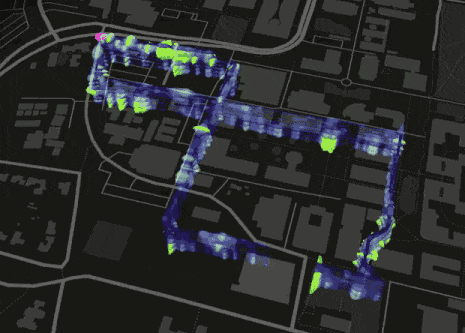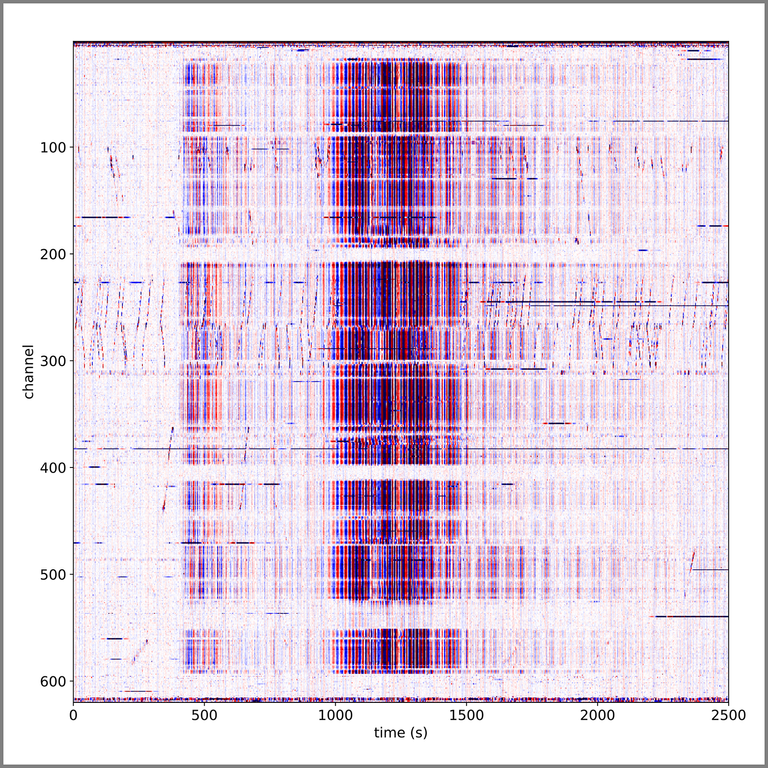Researchers have created and tested a seismic wave detection system using fiber. Unlike similar technologies used to track destruction in structures, optical fiber was not rigidly fixed. This is reported by a university press release.

Seismograph networks are used to monitor seismic activity. Such observations make it possible to determine the epicenter of the earthquake, to map the most seismically active zones, and in some cases to obtain data on strong shocks in advance. One of the problems of such detectors is their high cost, which makes it difficult to form a dense network with a small distance between the detectors.
Researchers decided to use a different approach in order to create a relatively inexpensive type of detector. To do this, they used fiber. It is already used by some companies to track changes in the structure of large structures, but for this it has to be rigidly fixed. The researchers decided to freely arrange the fiber in the pipes in the same way as they have fiber optic cables for communication. The detection of oscillations is due to the fact that the laser beam sent over the optical fiber is reflected back, dissipating on impurities or defects in it. Measuring with high accuracy the time for which the signal is returned, scientists can determine that the fiber is stretched or compressed.

The scientists built a 4.8 kilometer test fiber detector on the campus of their university and over 800 seismic events were recorded with it over the year, including the earthquake in Mexico in September 2017.
The problem of the free location of the optical fiber is that in this configuration it registers many extraneous fluctuations, and it is rather difficult to determine among them the ones sought. Nevertheless, the researchers have learned to distinguish among the general array of data those that correspond to seismic shocks and even to separate P and S waves. Details on filtering signals scientists plan to describe in a relevant article, which will be published in January 2018. They also visualized some of the data received within the Big Glass Microphone project.

img credz: pixabay.com
Nice, you got a 52.0% @traderwhale upgoat, thanks to @kuku12170
Want a boost? Minnowbooster's got your back!
The @OriginalWorks bot has determined this post by @kuku12170 to be original material and upvoted it!
To call @OriginalWorks, simply reply to any post with @originalworks or !originalworks in your message!
For more information, Click Here!
Special thanks to @reggaemuffin for being a supporter! Vote him as a witness to help make Steemit a better place!
@minnowpond1 has voted on behalf of @minnowpond. If you would like to recieve upvotes from minnowponds team on all your posts, simply FOLLOW @minnowpond.
To receive an upvote send 0.25 SBD to @minnowpond with your posts url as the memo To receive an reSteem send 0.75 SBD to @minnowpond with your posts url as the memo To receive an upvote and a reSteem send 1.00SBD to @minnowpond with your posts url as the memogüzel
